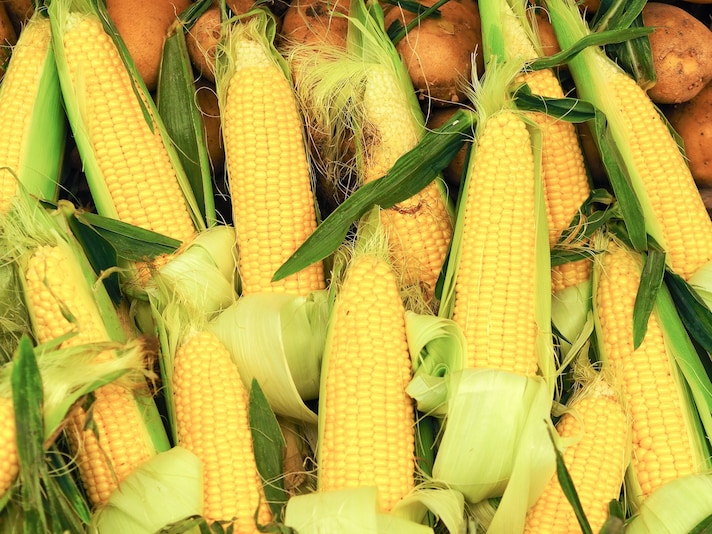All about corn silk
Here are the potential benefits of using corn silk.
;Resize,width=742;)
Read on to know about the long silky threads growing on the cob of the corn!
Corn silk is usually discarded when corn is eaten. However, you will be surprised to know that this silky fiber present on the corn cob also offers various medicinal benefits in Native American and Chinese medicine. These shiny thin fibers are present on the cob as they aid in pollination and growth of this plant.
Traditionally, Native American and Chinese medicine use corn threads to cure prostate problems, urinary tract infection, malaria, heart disease, control blood pressure, lower blood sugar level, and prevent inflammation and build-up of cholesterol.
Here are the potential benefits of using corn silk.
Antioxidants

Corn silk is rich in flavonoids, which protects our body against free radical damage and provides many other health benefits.
Anti-inflammation

There are animal studies which support the use of corn silk in reducing inflammation. These plant fibers contain magnesium, which maintains the inflammatory response of our body.
Manage blood sugar

Some studies indicate that corn silk can help in managing the symptoms of diabetes and also lower blood sugar levels.
Lower blood pressure

Corn silk acts as a diuretic and helps to reduce the blood pressure in our body. In another study, corn silk extract has been found to inhibit the activity of ACE (angiotensin-converting enzyme) that helps to reduce blood pressure.
Reduce cholesterol

Corn silk has been found to significantly reduce total and LDL cholesterol and increase the level of HDL cholesterol in the body.
The downsides of taking corn silk are
You must avoid taking corn silk if you are allergic to corn and corn products, taking diuretics, diabetes medicine, blood thinning and blood pressure drugs, and anti-inflammatory drugs. Do not take corn silk if you have low potassium levels as corn silk will further increase the excretion of this mineral.
;Resize,width=767;)
;Resize,width=712;)
;Resize,width=712;)

